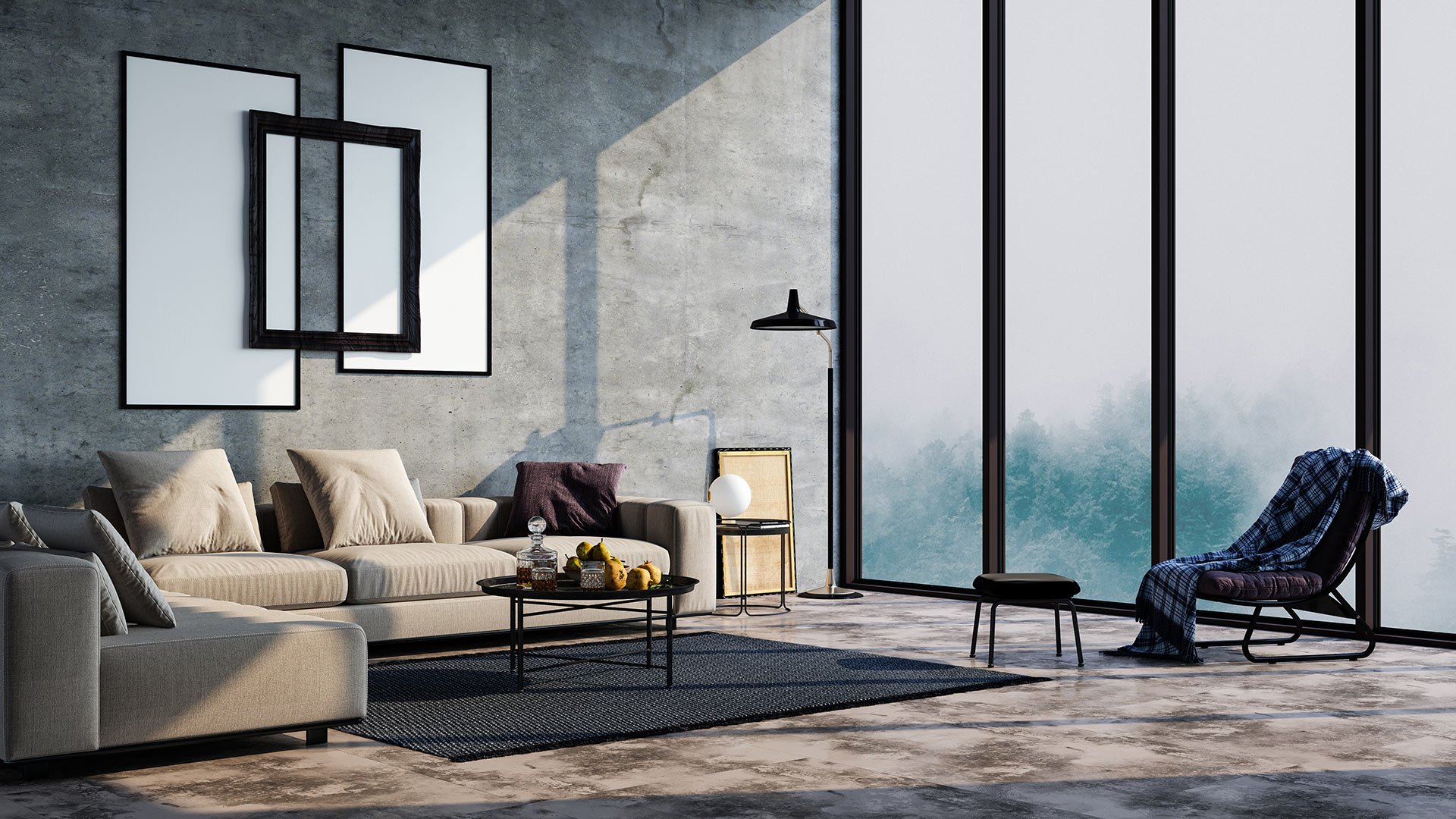Lighting in interior design plays a big role in how a space looks and feels. The right lighting can make a home look warm, open, and beautiful, while poor lighting can make even a well-decorated room feel dull or uncomfortable. In modern homes, lighting is not just about brightness—it’s about balance, function, and mood.
Whether you live in a villa, apartment, or townhouse, planning your lighting carefully helps you highlight furniture, colors, and the layout of your home. It’s one of the most important parts of any interior fit-out project.
Why Lighting Design Matters
A well-planned lighting layout supports both style and function. If the lighting is too strong, too dim, or placed in the wrong area, it can affect comfort and usability. Good lighting brings together your furniture, finishes, and natural daylight to create harmony in your space. Expert designers and Fit Out UAE specialists often emphasize that lighting design should be planned early in any project to ensure the perfect balance between function and style.
Professional interior designers often focus on lighting in interior design because it changes how people experience a room — from cozy bedrooms to bright kitchens.
Three Main Types of Lighting
Lighting design usually includes three main types: ambient, task, and accent lighting. Each serves a different purpose but works best when used together.
1. Ambient Lighting
This is the main light source in any room. It sets the overall tone and helps people move around safely. Examples include ceiling lights, chandeliers, or recessed lights.
In living rooms or bedrooms, use warm ambient lighting to create a soft, welcoming atmosphere. In offices or kitchens, a slightly brighter light works better.
2. Task Lighting
Task lighting focuses on specific areas where you need extra light — for reading, cooking, or working. Examples include desk lamps, pendant lights over kitchen islands, and under-cabinet lights.
Task lights make daily activities easier and prevent eye strain.
3. Accent Lighting
Accent lighting is decorative and used to highlight features such as artwork, textured walls, or display shelves. Spotlights, wall washers, and strip lights are common examples.
Using accent lights adds depth and personality to a space, especially when combined with the other two types.
Layered Lighting for Perfect Balance
One of the most important principles of lighting in interior design is layering. This means using ambient, task, and accent lights together in the same room.
For example:
- Kitchen Fit-out: Use ceiling spotlights for general lighting, under-cabinet lights for cooking, and LED strips to highlight shelves or backsplashes.
- Living Room: Use a ceiling light for brightness, a floor lamp for reading, and a wall light to show off artwork.
Layered lighting helps you adjust brightness according to the time of day or activity.
Light Quality and Colour Temperature
Light quality changes how colors look and how a space feels. The Colour Rendering Index (CRI) measures how true colors appear under a light. For living rooms or art spaces, a high CRI is best to show true color.
Colour temperature (measured in Kelvin, K) also matters:
- Warm lighting (2700K–3000K): Gives a soft, yellowish tone, ideal for bedrooms and lounges.
- Cool lighting (4000K–5000K): Brighter, white light that’s great for kitchens, bathrooms, or offices.
Choosing the right color temperature helps set the right mood and function for each room.
Choosing the Right Fixtures
Light fixtures are also part of your décor. Their design, size, and finish should match your overall style.
- Modern style: Sleek, simple lights in matte black or brushed gold.
- Classic style: Chandeliers or wall sconces with detailed finishes.
- Industrial look: Metal shades or exposed bulbs.
- Luxury interiors: Custom or imported statement pieces.
Make sure the fixture size suits the room — large chandeliers can overwhelm small rooms, while tiny pendants may disappear in large spaces.
Smart Lighting for Modern Living
Smart lighting systems are now popular in UAE homes. They allow you to control lights using your phone or voice. You can adjust brightness, change color tones, and set schedules.
Features include:
- Dimmers: Adjust brightness for comfort.
- Motion sensors: Automatically turn lights on or off when you enter or leave a room.
- Scene settings: Create lighting modes for dinner, reading, or relaxation.
Smart lighting adds convenience, energy efficiency, and a modern touch to interior design.
Energy Efficiency and Sustainability
Modern lighting in interior design also focuses on saving energy. Choosing eco-friendly fixtures helps reduce electricity use and supports sustainable living.
Tips for efficient lighting:
- Use LED lights, which consume less power and last longer.
- Install motion sensors in hallways or bathrooms.
- Use natural light as much as possible in rooms with large windows.
- Add timers or smart controls to avoid wasting energy.
Lighting for Mood and Well-being
Lighting affects mood, energy, and relaxation. Warm lighting promotes calmness, while bright, cool lighting keeps you alert.
Circadian lighting systems follow the body’s natural rhythm—bright during the day and warm at night. This helps improve sleep and overall comfort.
For bedrooms, use warm lights or dimmable bulbs to create a peaceful environment. Avoid harsh white or blue light before bedtime.
Conclusion
Good lighting can completely change how a home feels and functions. When planned well, it highlights the design, improves comfort, and adds life to every corner. Understanding the principles of lighting in interior design—from layering and fixture selection to smart controls—helps you create a space that’s both beautiful and practical. Whether you’re designing a modern villa or a cozy apartment, the right lighting brings warmth, balance, and elegance to your interior.
Frequently Asked Questions
What is the best type of lighting for modern homes in the UAE?
The best approach is layered lighting—using ambient, task, and accent lighting together. This allows you to control brightness and highlight different areas depending on your needs.
How can I choose lighting that matches my home style?
Match the fixture’s color, finish, and shape to your furniture and décor. For example, use minimalist lights for modern homes or chandeliers for classic interiors.
How can lighting design help save electricity?
Switch to LED bulbs, install motion sensors, and make use of daylight wherever possible. Smart lighting systems also let you schedule lights and control usage, saving both power and money.


